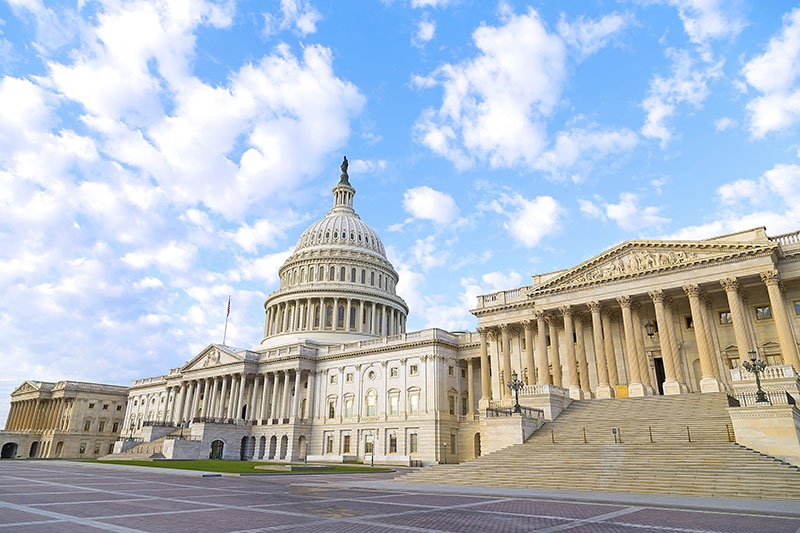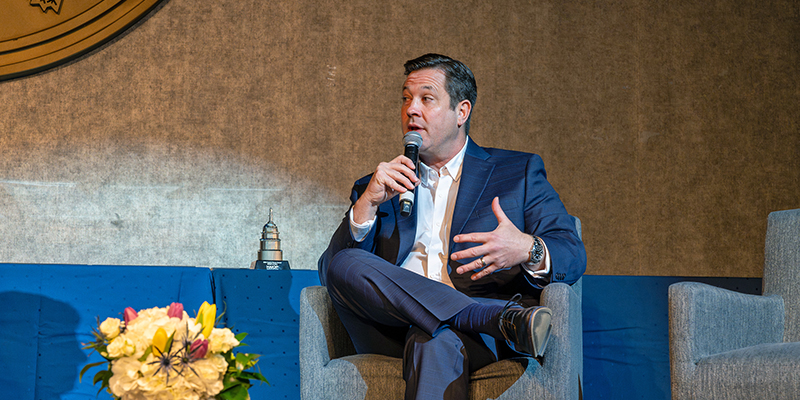The 114th Congress, which was gaveled into session in 2015, has largely been seen by the public as underachieving. To underscore this sentiment, a recent poll by Rasmussen Reports found that only 11 percent of likely U.S. voters think Congress is doing a good job. With partisan rhetoric proceeding the presidential election and approval ratings at an all-time low, it’s hard to imagine that this particular “do nothing” Congress has achieved anything that will help the economy or business interests.
Before we sharpen our pitchforks heading to the voting booth this fall, we should at least take a look at what “has” been accomplished by this group of congressmen and senators. I think you might be surprised on a number of fronts. Consider the following:
Taxes: Until 2004, the Internal Revenue Code required that depreciation for qualified leasehold improvements occur over the economic life of the building structure itself — 39 years — rather than over the economic life of the improvements. Since then, legislation was enacted that “temporarily” reduced this 39-year depreciation period to 15 years, a period more reflective of the true economic life of Ieasehold improvements. The reduced depreciation period was subject to expiration, depending on annual or biannual renewals by Congress in so-called “tax extenders” legislation. The lack of permanency contributed to unpredictability for developers, owners, and those who would invest in commercial real estate.
To address this problem, last year Congress passed the Protecting Americans from Tax Hikes (PATH) Act of 2015. The PATH Act finally achieved the long-sought NAIOP goal of making 15-year leasehold improvement depreciation a permanent fixture of the tax code, something that we have been advocating for over a decade.
Energy: In April, the Energy Policy Modernization Act of 2016 (S. 2012), easily passed the Senate by a vote of 85-12, despite years of roadblocks. The bill represents a dramatic shift from previous legislative proposals that incorporated arbitrary efficiency targets for building codes without consideration of the upfront costs for developers.
NAIOP has been working on different versions of this legislation for the past five years, underscoring the difficulties in bringing a bill to the Senate floor for a final vote. This energy bill creates a regulatory process that allows for input from the commercial real estate industry to set proposed efficiency targets in building codes, requires the Department of Energy (DOE) to consider the economic feasibility and upfront costs of achieving the proposed efficiency targets, allows DOE to set separate efficiency targets for residential and commercial structures, and removes zero-net-energy as the basis for increased efficiency targets. The Senate bill will now be conferenced with similar House legislation that passed at the end of last year.
Transportation and Infrastructure: Last December, Congress passed a comprehensive transportation reauthorization bill that will fund our nation’s highways and transit systems until 2020. The measure, known as the Fixing America’s Surface Transportation (FAST) Act, is the first transportation bill enacted in over a decade that guarantees more than two years’ worth of funding. This is especially important for states that have been eager to break ground on projects, but have been hesitant to start without a stronger commitment of federal dollars.
The bill includes many of the elements that NAIOP advocated for over the past several years. Specifically, it provides over $305 billion of transportation investment over five years, which accounts for a $6.1 billion increase in highway spending and an additional $2 billion for transit over previous funding levels.
These three issues represent the majority of NAIOP’s legislative priorities. From a policy standpoint, we achieved more successes during this Congress than we have in recent memory. Admittedly, there are many additional problems that remain unsolved, but NAIOP members should be encouraged by what has been accomplished for our industry in a relatively short amount of time.
Based on these examples, perhaps the political situation may not appear as dire as people first think. Partisan gridlock remains a tremendous obstacle to passing significant legislation, however we should take heart that there are still major policy items that can be accomplished if we remain engaged in the legislative process.














